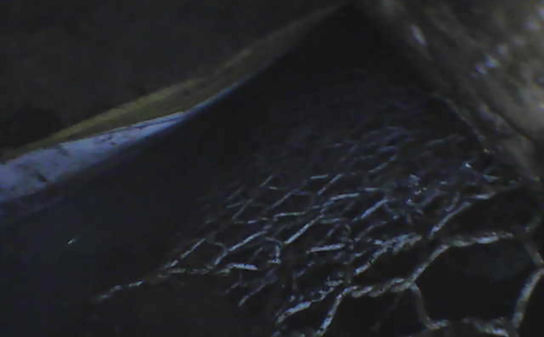
RATS IN
THE CITY
“Rats in the City” takes visitors on a year-long journey of urban rat observation and exploration.
Through three interactive installations paired with photographs by Hiroyoshi Hara, the project invites you to see rats from a fresh perspective—free from prejudice.
Perhaps rats are not the “filthy” pests we once assumed…
This project envisions sustainable urban life for both humans and wildlife as a step toward building more ecologically inclusive and resilient cities. It challenges current rat control practices, calling for approaches grounded in science rather than fear. The project encourages us to explore more inclusive ways of coexisting in the city, while respecting the boundaries between humans and urban wildlife.
Why Rats?

Timm, R. M. (n.d.). Norway rats. DigitalCommons@University of Nebraska - Lincoln.

Timm, R. M. (n.d.). Norway rats. DigitalCommons@University of Nebraska - Lincoln.
A Global Concern
Climate change, rapid urbanization, and population growth have fueled rising rat populations in major cities worldwide. Tokyo—once considered an exception—has experienced a sharp increase in rat-related complaints since the COVID-19 pandemic, climbing 22% between 2020 and 2023 (from 6,322 to 7,726). These figures suggest that conventional eradication methods are no longer sufficient, especially in one of the world’s most densely populated metropolitan areas.
A New Holistic Approach to Rat Control
Completely eliminating rats from urban environments is thus simply unfeasible – something that the pest control industry has long recognized.
A study shows that rat eradication methods can temporarily reduce rat population, but quickly rebound after a short while. This creates a never ending cycle of rat extermination, as these methods fail to treat the issues at hand.
However, this study suggests that there is an effective way to manage rat population -- improving the urban environment. Littering, poorly managed waste collection systems are some of the ways that foster an uncontrollable boom of rats. In essence, our behaviour influences how rats live.
Perhaps a more sustainable path lies in designing cities with coexistence in mind, and encouraging urban life-styles that keep the environment balanced.
A Hurdle to Overcome
Yet a major barrier remains: deep-rooted social bias. Rats are often branded as “dirty” or “scary,” shaping public attitudes and policies alike.
Our project addresses this head-on. Integrating design, rat ecology, and visual communication, we challenge these prejudices and reimagine how cities might become more ecologically inclusive and resilient.
This project aims to generate new ecological insights while creating science-based public exhibitions and visual documentation that spark curiosity, foster empathy, and challenge negative perceptions to eventually drive real-world change.
A Challenging Case Study
This project focuses on rats as a first case-study. However, the truth is, our lifestyle has impacted many more species beyond just rats. Rethinking about how humans can live with other species and with nature, rather than against it, is becoming an increasingly crucial topic to tackle as climate change and environmental degradation continues.
Our project targets rats as our closest and most misunderstood neighbors, but perhaps it may yield insights for building empathy towards other species at large, and open doors to multispecies coexistence.
Our Journey
Rat filming and observations around Tokyo
Our project started in major rat hotspots in Tokyo with patient observation work.


We conducted observations using endoscopic cameras inside burrows
We also captured their movements using infrared cameras
Rat Burrow Excavation
While our observations progressed, we received a notification from the university’s admin office about an on-campus rat extermination around the garbage collection area. We took this opportunity to carefully excavated the site, to then create a 3D-model to print out and to explore inside virtually.


Exhibitions
Gwangju Design Bennale
at Gwangju, Korea
Aug 30 - Nov 2, 2025
Matsudo International Science Art Festival
at Chiba, Japan
Oct 24 - 26, 2025




UTokyo Open Campus
at Tokyo / Chiba, Japan
May 30 - 31 / Nov 24 -25, 2025
